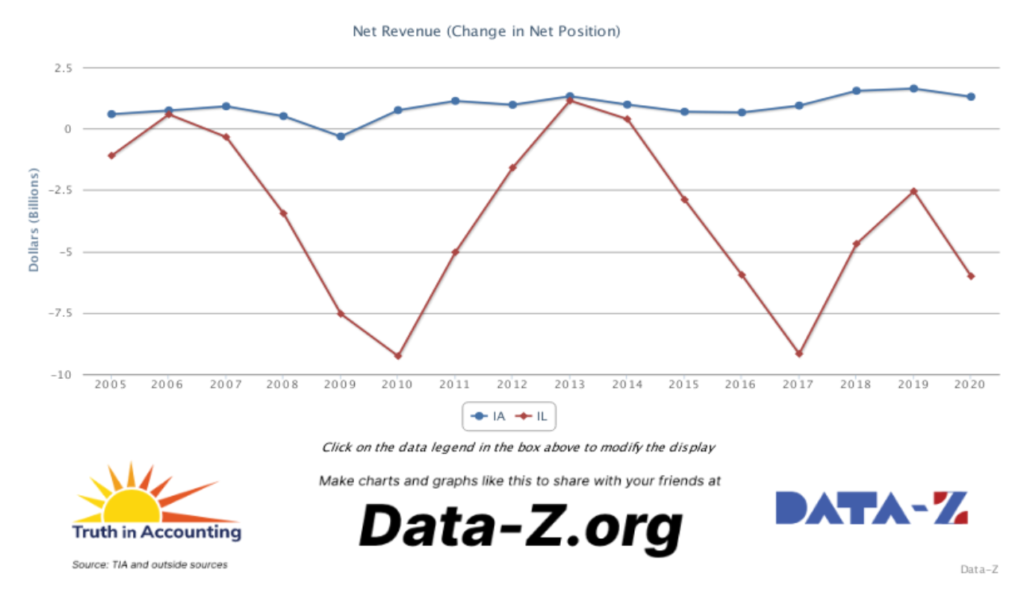Graphic:

Excerpt:
Palo Alto’s [County, Iowa] 2022 tally of 842 farms generates nearly $800 million in annual market value. But nearly 400 small farms have been absorbed into bigger operations or otherwise stopped operating over recent decades, and Palo Alto’s population has dropped by 4,200 people since 1970.
Today’s Iowa farms are largely focused on raising hogs and growing corn, both of which are linked to numerous environmental problems. Farmers growing corn, for example, often rely heavily on applications of toxic pesticides and fertilizers, while livestock operations generate millions of tons of manure annually. The chemicals and manure pollute food and water consumed by people even far from farm fields.
When nitrogen from fertilizer and manure combine with oxygen they create nitrates, which routinely drain from farm fields into groundwater, streams, and rivers, contaminating water sources. Babies can suffer severe health problems when consuming nitrates in drinking water, and a growing body of literature indicates potential associations that include an increased risk of cancer. Exposure to elevated levels of nitrates in drinking water has been linked by researchers to cancers of the blood, brain, breast, bladder and ovaries.
As well, there are years of research showing that many herbicides and other pesticides applied to farm fields are linked to cancers and other diseases. The National Cancer Institute and the National Institute of Environmental Health Sciences have been funding research to investigate the links between disease and farming for more than 30 years, focusing their work on people in Iowa and North Carolina. Among the findings are links between pesticides and malignant brain tumors, multiple myeloma, pancreatic cancer and certain breast cancers.
Concerns about connections between the farm pollutants and cancer have been mounting, particularly in Palo Alto County, which had the highest incidence of cancer of any county in the state and the second-highest incidence of cancer among all US counties, with 83 new cases of cancer on average each year, in a population of 8,996, according to a 2023 report by US News.
Author(s): Keith Schneider
Publication Date: 7 May 2024
Publication Site: The New Lede
